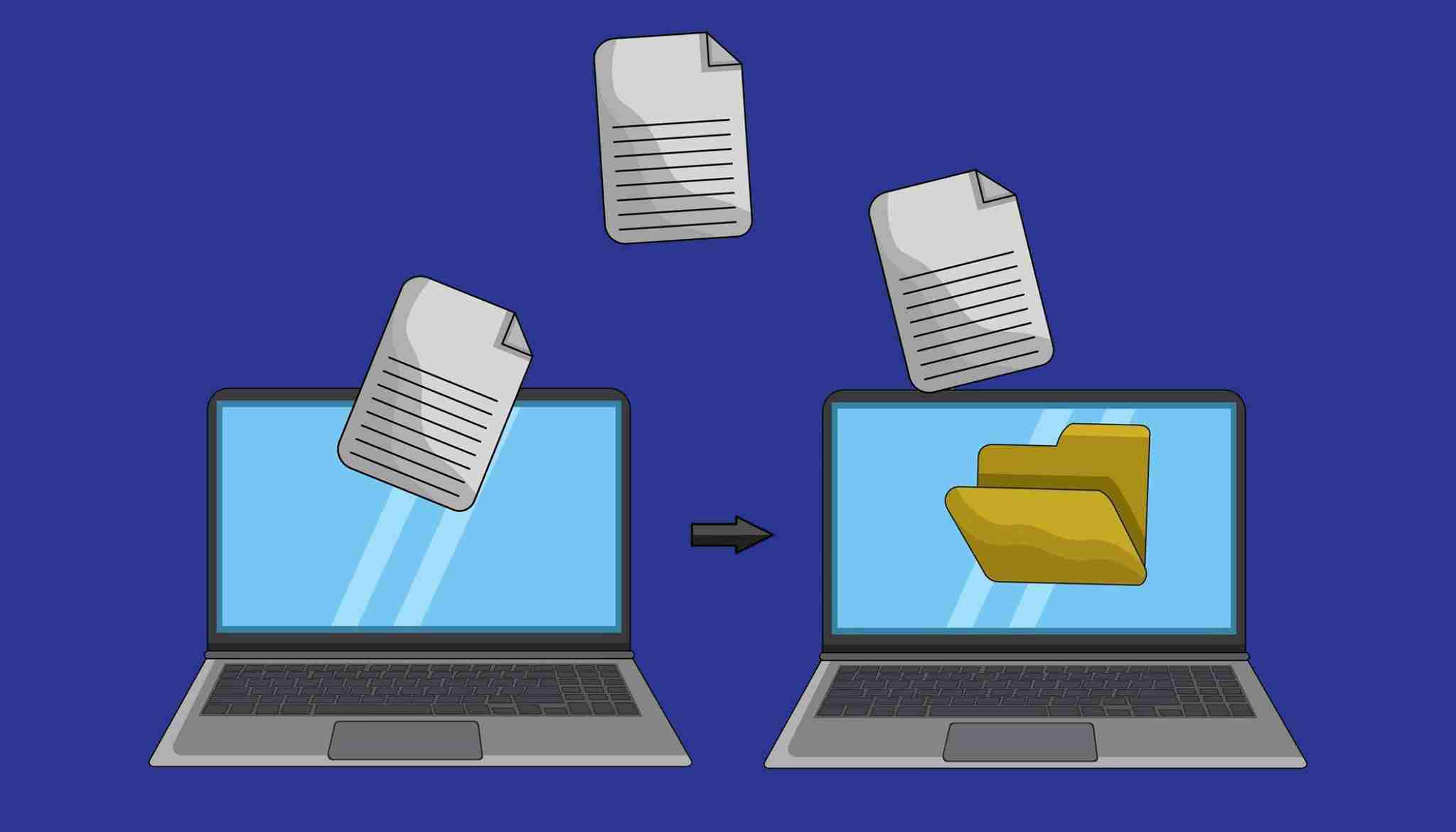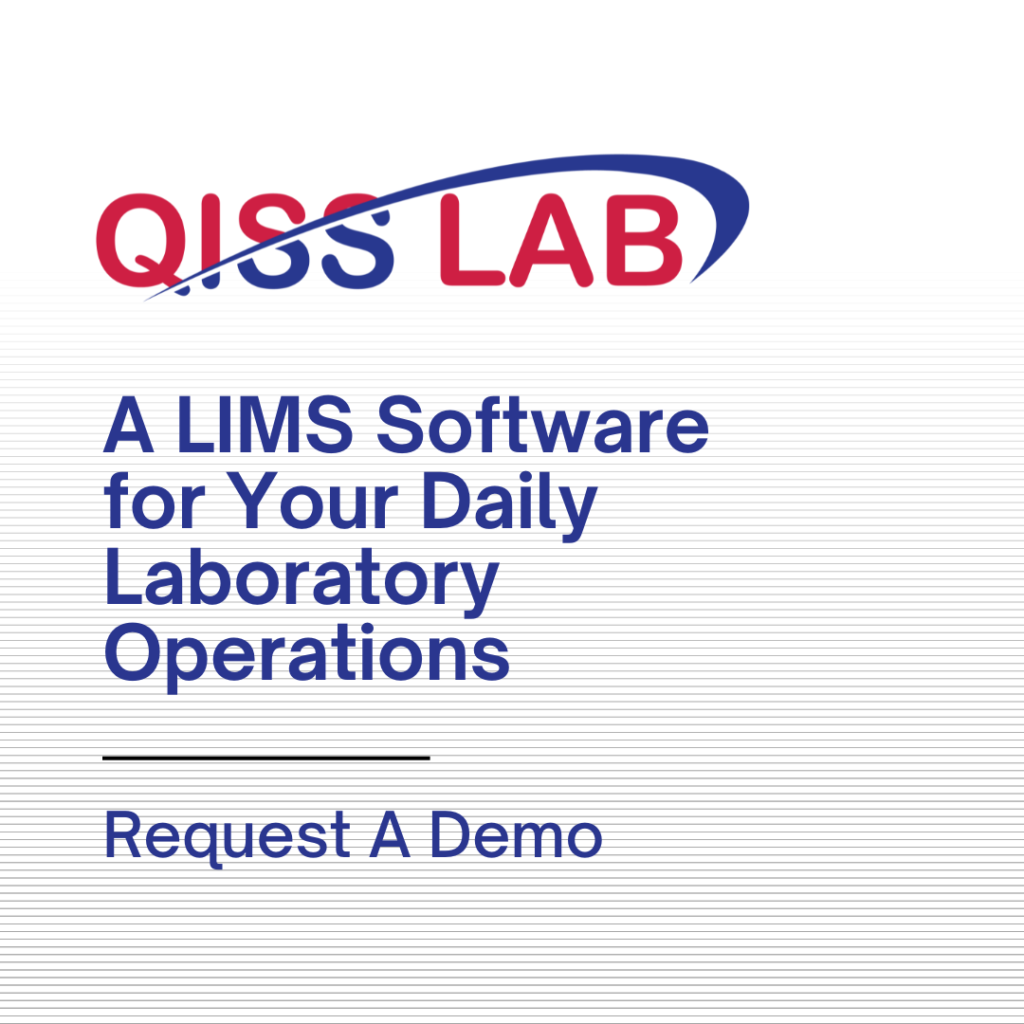The Overlooked Backbone of Quality
In any organization where standards, compliance, and accountability matter, documents play a bigger role than most people realize. From standard operating procedures to training manuals and policy updates, documents form the foundation of how work gets done- and how quality is maintained.
But as teams grow, processes evolve, and regulations change, so too do these documents. Without a structured way to manage those changes, even the most well-written procedures can become outdated, misused, or lost in a sea of edits. This is where the importance of version control in document management for quality management becomes critical.
More than just a technical feature, version control is a quiet but powerful safeguard. It ensures every change is tracked, every update is intentional, and every document reflects the most accurate and approved information.
So, What Exactly is Version Control?
Version control is the process of tracking and managing changes to documents over time. Every time someone edits a document, version control logs that change: who made it, when, and sometimes even why. It creates a historical timeline that allows users to revert to previous versions if needed, compare changes, and understand the document’s evolution.
This is not a new concept- developers have relied on version control for years in software development- but it’s becoming increasingly vital outside of IT. What’s more, it doesn’t require a complex tool. Many modern Document Management Systems (DMS), LIMS, and QMS platforms come with the version control features built-in; the trick is using them intentionally and correctly.
Now Let Us Understand What Document Management is Really
Its easy to think of document management as just organizing files, but that barely scratches the surface.
In a professional setting, Document Management is a structured approach to how documents are created, stored, accessed, updated, and archived. It enables convenience and control.
Good document management ensures
- Everyone has access to the right documents at the right time
- Sensitive documents are protected
- There’s a clear audit trail for compliance
- Outdated versions don’t accidentally used
Imagine a medical lab working under tight ISO 15189 standards. Every test method, equipment calibration SOP, or training manual must be current and traceable. If even one document slips into circulation, the lab’s entire accreditation could be at risk.
Let’s Understand the Importance of Version Control in Quality Management
Version control is essential in quality management as it ensures that critical documents—like SOPs, CAPAs, training guides, and deviation reports- are consistently accurate, up-to-date, and aligned with the overall Quality Management System (QMS).
We Can Break it Down Here
Clear Audit Trails and Regulatory Compliance
One of the most obvious benefits of version control is its ability to create detailed audit trails. Every time a document is updated; whether it’s a minor edit or a complete overhaul- the system logs what changed, who made the change, and when it happened. This kind of documentation is helpful for internal review and it’s often a regulatory requirement as well. In industries like pharmaceuticals, medical devices, and food manufacturing, regulators want to see proof that you’ve followed proper procedures and kept documentation up to date. Version control helps make that proof easy to access and hard to dispute.
Preventing Misinformation and Costly Errors
Working from the wrong version of a document might seem like a small slip, but in regulated environments, it can be a costly one. An outdated SOP (standard operating procedure), for example, could lead to a failed inspection, compromised product quality, or even a safety incident. Version control ensures that teams are always accessing the most recent, approved version; reducing the risk of missteps that can ripple into larger compliance or safety issues.
Reducing Time Wasted in Document Confusion
Without version control, teams often spend unnecessary time trying to figure out which version of a document is the right one to use. With structured version control, teams don’t need to guess. They can confidently pull up the latest version, knowing it’s the one that’s been reviewed, approved, and ready for use.
Guarding Against Unseen Tampering
One of the more overlooked roles of version control is its ability to prevent- or at least reveal- unauthorized changes. In many organizations, multiple people might have access to a document, and without controls in place, it can be difficult to know if someone quietly altered a procedure or manipulated a record. Strong version control systems preserve the original file and track every change, making tampering nearly impossible to hide. This is crucial not only for internal integrity, but for legal defensibility and compliance as well.
Maintaining Data Integrity Through Permissions
Beyond simply tracking versions, modern version control also supports layered access — allowing organizations to define exactly who can view, edit, approve, or archive documents. This kind of role-based access protects critical documents from being accidentally changed or deleted. It ensures that sensitive updates are made only by authorized personnel, reducing the risk of error and strengthening the credibility of your documentation system.
Enabling Smarter Collaboration Across Teams
Collaboration is at the heart of most quality processes. Engineers, quality assurance specialists, compliance officers, and production teams often need to work together on the same documents. But collaboration without coordination can create chaos. Version control brings structure to shared workspaces by keeping every revision in order and every contributor accountable. It allows multiple stakeholders to participate without stepping on each other’s toes- and without losing track of what changed and why.
Further Significance and Advantages of Version Control
Beyond the usual benefits, version control has a few underrated advantages:
Clarity in Decision-Making
It allows you to trace back decisions. Why was this SOP changed in Q3? Who made that call? With proper version control, the answer is never more than a few clicks away.
Better Training Outcomes
New employees won’t be accidentally trained on outdated procedures. Version-controlled training materials reduce onboarding errors and help standardize performance.
Smoother Collaboration Across Departments
When documents are shared across legal, compliance, research & development, or operations, version confusion can slow everything down. A shared, controlled versioning system makes collaborative editing less risky.
Reduced “Change Fatigue”
In high-change environments, people often feel overwhelmed by constant updates. Clear versioning reduces that fatigue by making change visible, purposeful, and documented.
Your Digital Compliance Story
Every version log tells a story of how your organization adapted, responded, or improved. Regulatory bodies increasingly appreciate- and sometimes expect- this level of traceability.
How To Choose a Version Control System That Actually Works
Not all version control systems are created equal. Here’s what to look for in a quality setup:
- Automated Version Tracking: Every edit should be time-stamped and assigned a unique version number.
- User Permissions: Not everyone should be able to edit. Define roles clearly.
- Approval Workflows: Edits shouldn’t go live until they’re reviewed and approved.
- Immutable Audit Trails: Every change should be logged in a way that can’t be deleted or altered.
- Integration with DMS or QMS: The smoother the integration, the more likely your team is to use it.
- Cloud Accessibility: For distributed teams or remote audits, cloud-based systems are essential.
- Archiving Capabilities: Old versions shouldn’t disappear, they should be clearly archived for reference.
Also worth noting; if the system is too complex or clunky, your team might bypass it. So usability matters just as much as technical strength.
It’s File Management and Risk Management at the Same Time
Truthfully speaking, version control might not feel urgent until something goes wrong. But by then, it’s already too late.
Businesses need to be efficient and accountable to compete and stand out in today’s fast-moving, tightly regulated world. And accountability starts with knowing exactly what was done, when, how and by whom. Version control is about transparency, trust, and control in a world full of moving parts.
Final Thoughts
If you have ever spent more than 10 minutes looking for the “correct” version of a document, it’s time to rethink your system. Implementing proper version control may not feel like a dramatic overhaul, but it’s one of those quiet shifts that can completely transform how your team works- and how confidently you navigate audits, inspections, and day-to-day decisions.
Our QISS QMS includes a document control module that has a built-in version control system to help you stay organized, compliant, and audit-ready with ease. Check out how QISS can make your document management more efficient with the document control software we offer and contact us for further details.



